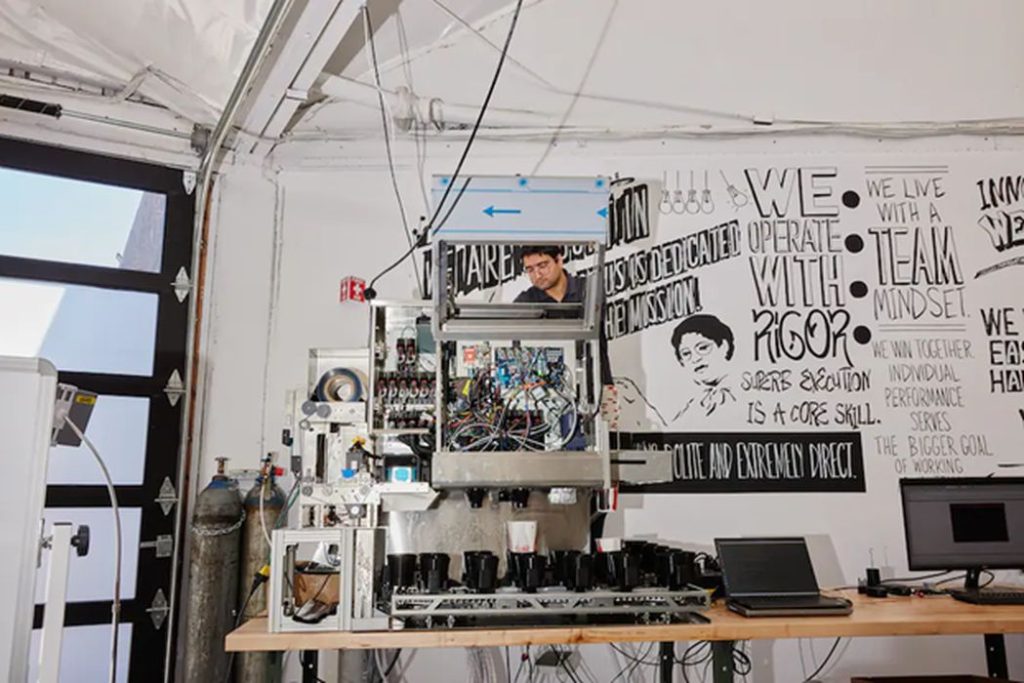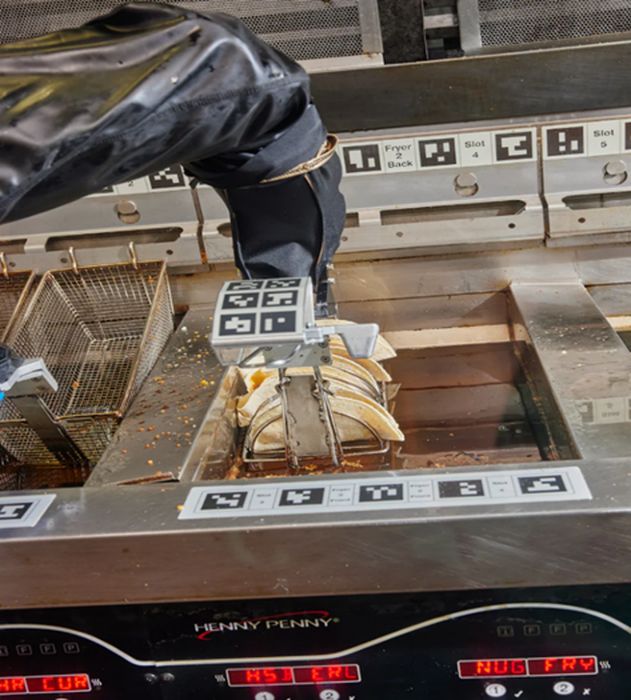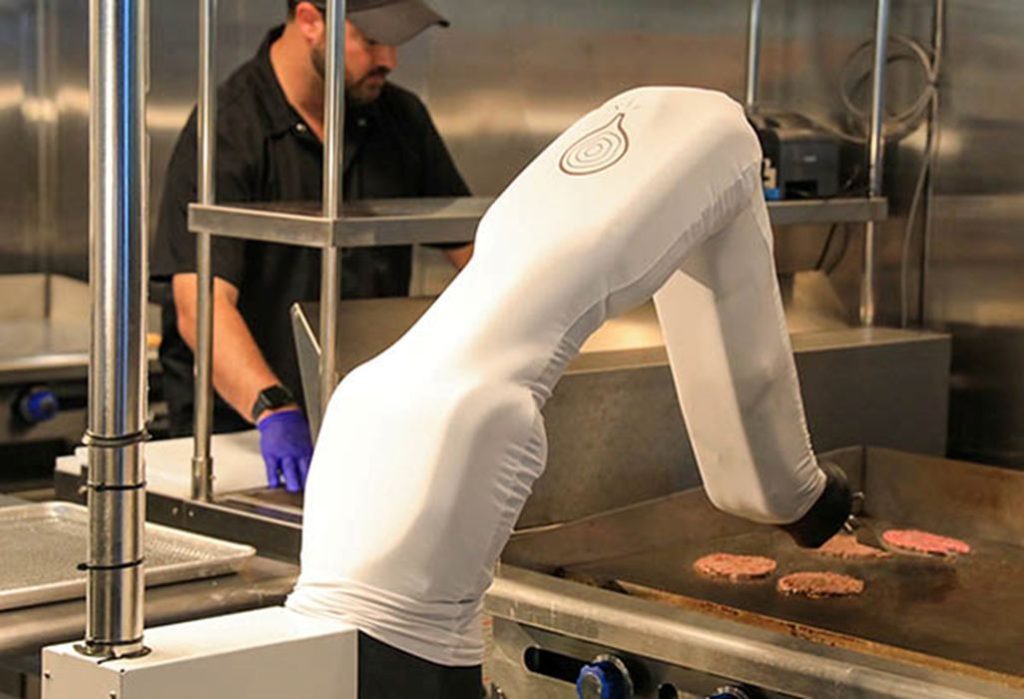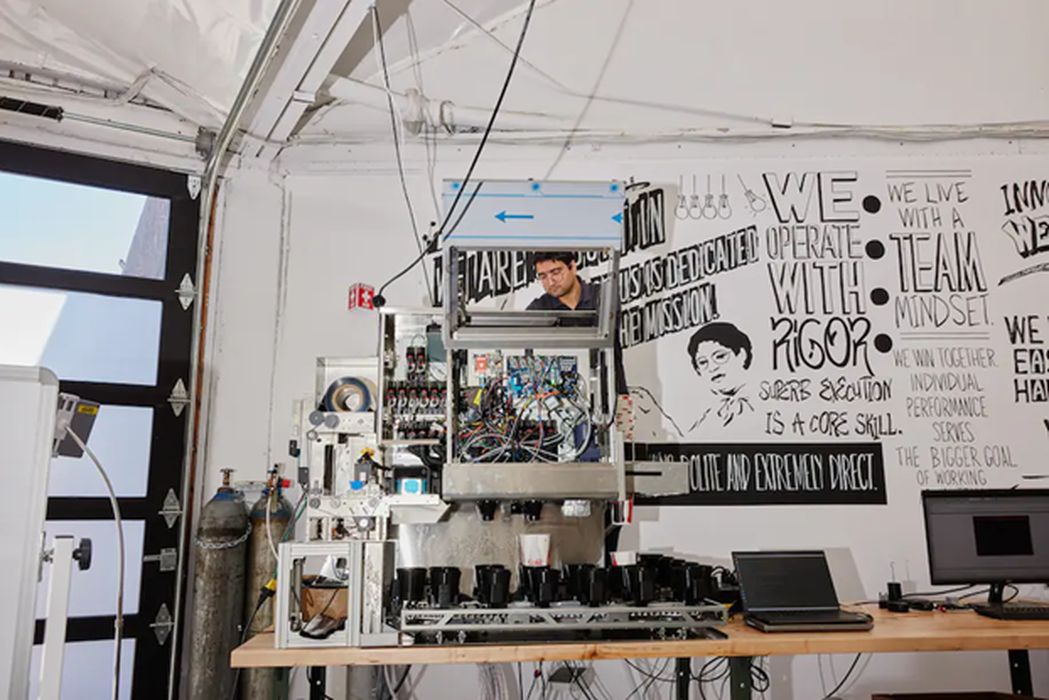
Charles R. Goulding and Preeti Sulibhavi look at the tasty future of fast food, courtesy of 3D print technology.
The restaurant industry has taken a big hit since the advent of Covid. Restaurants have had to get creative with their strategies and utilize methods such as curbside pickup and touchless delivery. But even with that, the restaurant industry has been facing challenges with workers. Finding workers has been an issue and keeping them an even greater hurdle. And, with minimum wage hikes up to US$22 per hour in states such as California, things are even more challenging for restaurant owners.
The restaurant industry is rising to the challenge by looking to innovative ways to supplant worker tasks by utilizing robots for everything from frying foods to dispensing drinks. Miso Robotics is helping provide these robots to the rescue.
Miso Robotics and 3D Printing
In business for about six years, Miso was happy to step in to help restaurants such as Jack in the Box, Chipotle Mexican Grill, Buffalo Wild Wings and White Castle, overcome labor issues. Miso’s restaurant robots have names. They are Flippy 2, Flippy Lite, Sippy and Chippy.
These robots are a result of years of hard work and 3D printing. Miso’s lab, located in Pasadena, California, is bustling with 3D printers trying to meet the demands of 120 engineers and programmers.
Miso is also now offering the CookRight System. This includes the world’s first AI-powered cooking platform to automatically identify and track products and tasks, giving restaurants the edge in precision, quality and efficiency. Miso packages include a RaaS model, which is Robot-as-a-service, wherein all operational costs and support are covered in monthly fees.

The robots have proven to be efficient. They work 24/7, don’t take lunch breaks or vacations, and save US$2,000 to US$3,000 each month in labor and food costs (wasted fries, etc.). The robots are good at doing repetitive, tedious tasks, such as frying everything from french fries, onion rings, and chicken tenders to jalapeno poppers as well as flipping burgers and positioning tacos. All this leaves more supervisory opportunities for human employees.

With the restaurant industry looking for inspiration, Miso Robotics could not have come at a better time. While there may be some occasional fixes required, co-robotics has proven its worth in efficiency gains. In addition, it is likely to not cost anyone their job, but rather give humans more supervisory tasks as opposed to hours of frying and flipping. More time to take customer orders, handle drive-through orders, etc. 3D printing is a part of the solution once again.
The Research & Development Tax Credit
The now permanent Research and Development (R&D) Tax Credit is available for companies developing new or improved products, processes and/or software.
3D printing can help boost a company’s R&D Tax Credits. Wages for technical employees creating, testing and revising 3D printed prototypes can be included as a percentage of eligible time spent for the R&D Tax Credit. Similarly, when used as a method of improving a process, time spent integrating 3D printing hardware and software counts as an eligible activity. Lastly, when used for modeling and preproduction, the costs of filaments consumed during the development process may also be recovered.
Whether it is used for creating and testing prototypes or for final production, 3D printing is a great indicator that R&D Credit eligible activities are taking place. Companies implementing this technology at any point should consider taking advantage of R&D Tax Credits.
“Frying” High
Robots can help humans improve the quality and outcomes of the food and beverage industry. Miso Robotics is paving the way for the 3D printing industry to seize this opportunity and help the restaurant industry succeed with flying colors.

